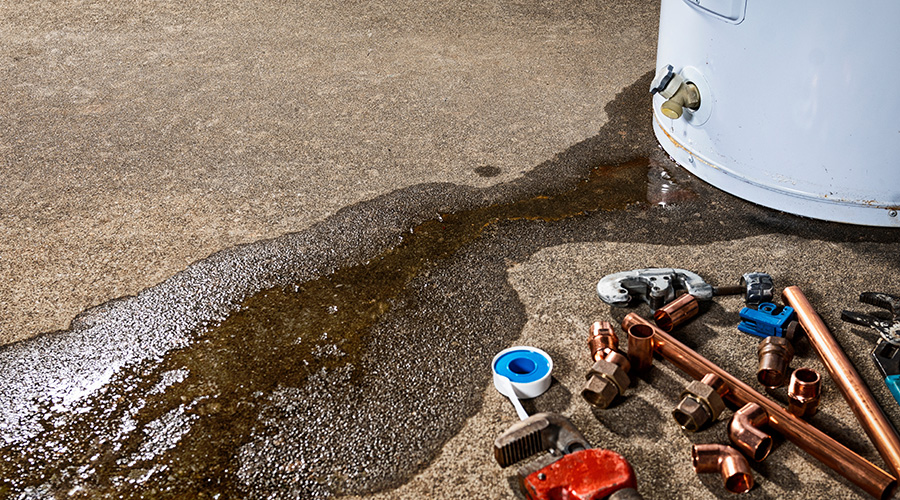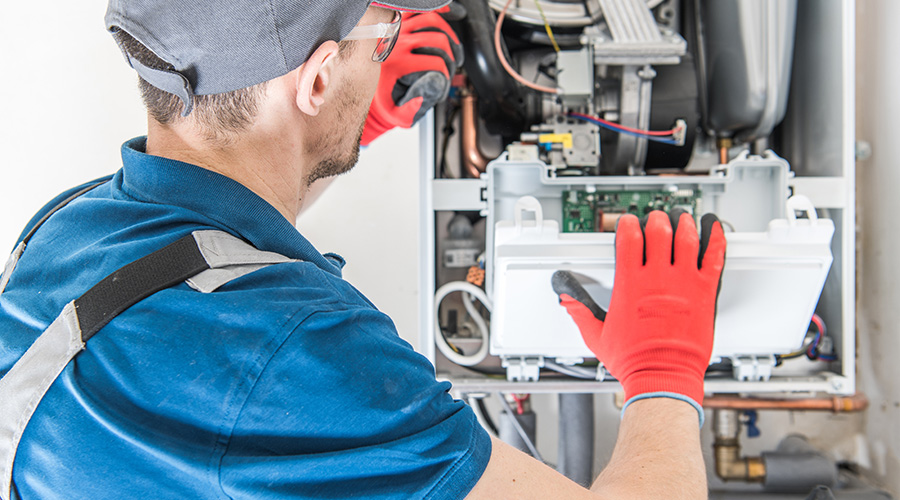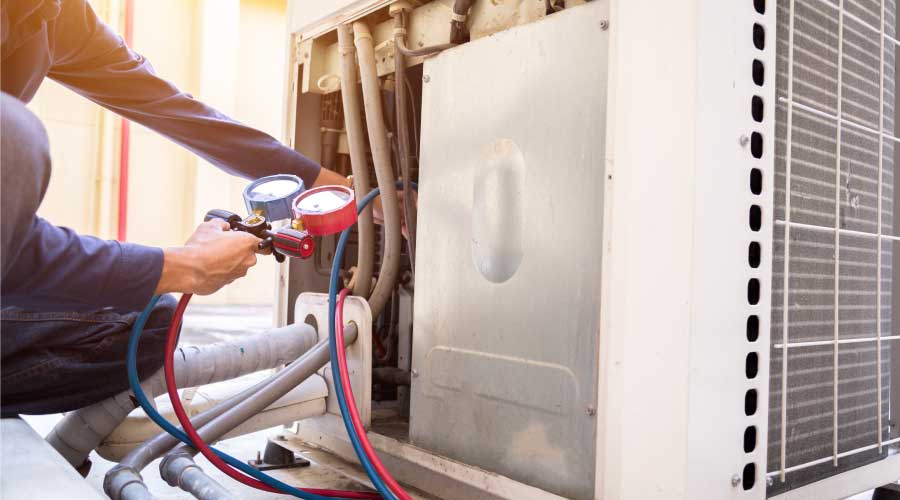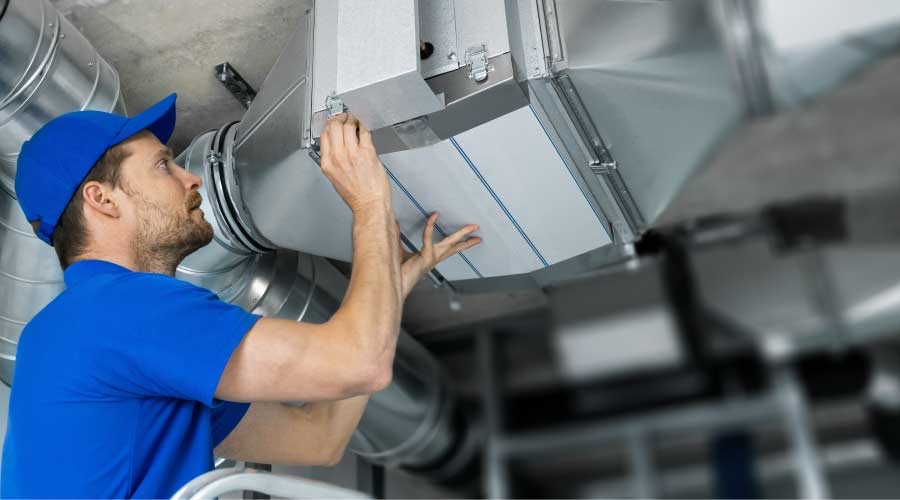HVAC, Lighting Retrofits Fuel Arena's LEED Certification
Energy and Atmosphere. The arena could easily achieve certain points in this category because it already featured a building automation system (Credit 3.1) prior to LEED certification, and refrigerant management — a prerequisite — has always been part of daily maintenance and operations tasks.
The arena retrofitted two of its main HVAC units that serve the seating bowl with a dual-filter set-up, which features a high-efficiency particulate air (HEPA) filter and a bag system in areas of the building that bring in outside air.
The arena also retrofitted one of its three 900-ton centrifugal chillers with a variable-frequency drive. The retrofitted chiller acts as the lead unit, and once it fully loads, it brings on another chiller, drops out, and fluctuates as needed.
Lighting retrofits also formed a significant part of the energy and atmosphere category. When the building opened, it featured 34-watt, 4-foot, T8 compact fluorescent lamps. Now, the arena is using 25-watt lamps that generate the same lumens, improving energy efficiency.
The arena also is retrofitting its suites to include 1-foot, light-emitting-diode strips in place of recessed, incandescent lights. The suites are using the same amount of power, but they each feature 40 more fixtures.
Materials and Resources. The arena has implemented a sustainable purchasing policy — a prerequisite — that includes buying more products from local vendors and buying ongoing consumables, such as office paper, with at least 50 percent recycled content. Lamp and battery recycling also are part of the arena’s waste-management plan.
Indoor Environmental Quality. The arena conducted an occupant survey to change the way it operates office spaces and their impact on employees. Each office has occupancy sensors to reduce lighting energy use, and the arena has developed a green-cleaning program.
Related Topics:















